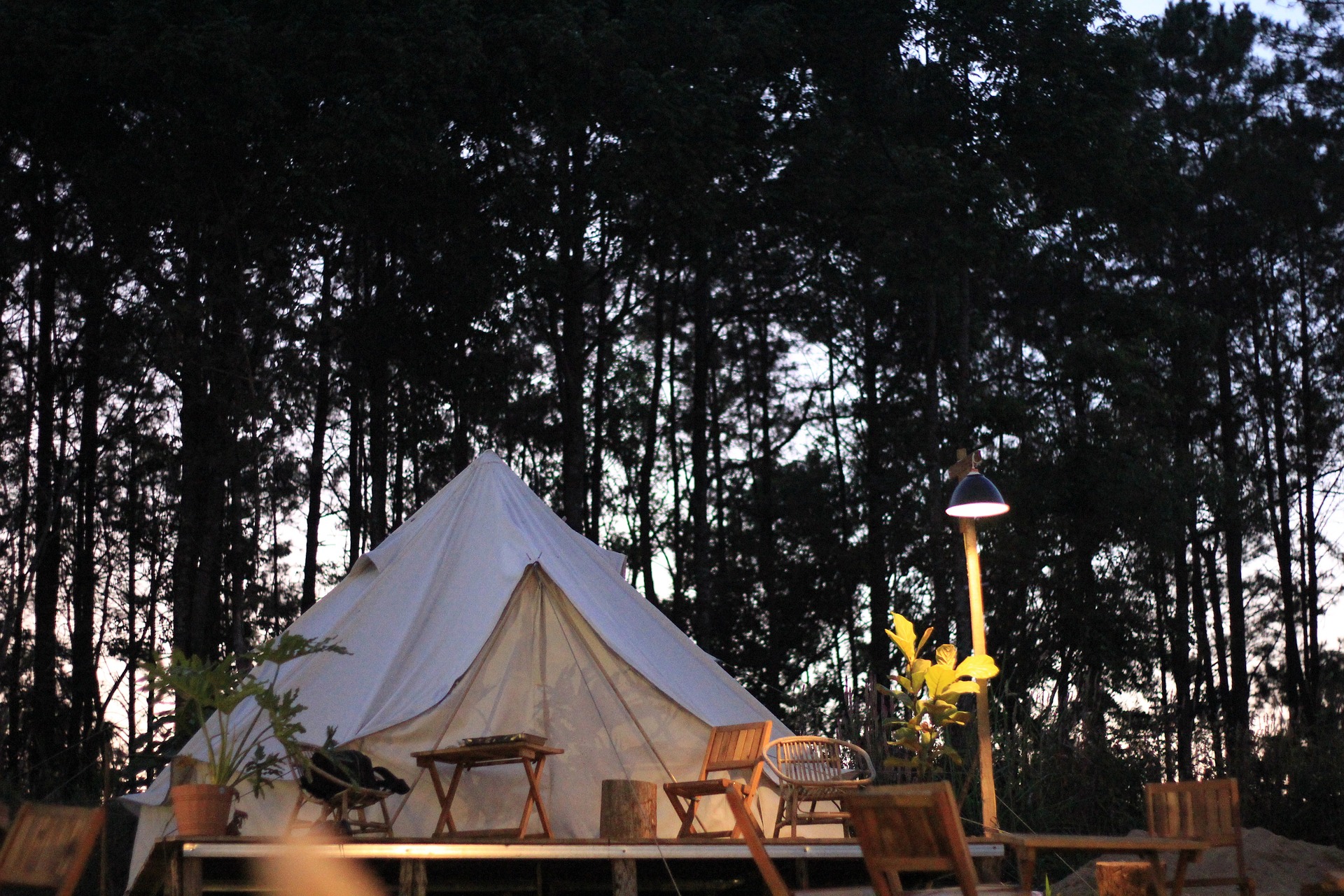Exploring the Renaissance of Glamping: The Luxury Twist on Camping
Immersing in the tranquility of nature while maintaining the comfort of luxury accommodations—this defines glamping, the posh cousin of traditional camping. This article delves into the historical development, recent trends, and the impact of this travel style on today's adventure-seekers.

Glamping: A Historical Background
Glamping, a portmanteau of ‘glamorous’ and ‘camping,’ is not a novel concept. Evidently, the fusion of elegance and nature traces back to the 16th century. Royalty and nobility, in their desire for comfort during outdoor pursuits, would set up extravagant encampments. The Ottoman sultans and European monarchs, for instance, often traveled with luxurious tents replete with fine furnishings.
Fast-forward to today, and glamping has taken on new dimensions, fueled by the quest for unique luxury travel experiences. As travelers seek out destinations that blend the allure of nature with the convenience of modern amenities, glamping has emerged as an increasingly popular choice.
Glamping in the Contemporary Travel Scene
Glamping has seen a steady rise in the past few years, gaining favor among a variety of travelers, from millennials to retirees. These accommodations, often in the form of bell tents, yurts, or treehouses, offer a unique fusion of wilderness and luxury.
Moreover, the ongoing pandemic has accelerated the glamping trend as travelers prioritize safety, wellness, and the allure of remote locations. Hotels and resorts worldwide are expanding their offerings to include glamping options, from safari-style tents in Kenya to bubble domes in Ireland.
Advantages, Challenges, and Impact
Glamping offers several advantages over traditional camping. Comfort ranks high on this list, with high-quality bedding, private bathrooms, and gourmet dining often included. It also appeals to those who crave outdoor adventure but lack camping skills or equipment.
However, glamping also faces challenges. Environmental impact is a significant concern since these luxury accommodations can potentially disrupt ecosystems. Therefore, responsible operators must prioritize sustainable practices.
Glamping has a transformative impact on travelers. It offers a unique experience that nurtures a deeper appreciation of nature while providing luxury and comfort, thus shaping a more conscious, adventurous breed of travelers.
Glamping: A Deeper Dive
- In Asia, glamping’s popularity is skyrocketed, with destinations like Bali and Thailand offering beachfront luxury tents.
- In the US, glamping has found a niche among festival-goers, who prefer comfortable accommodations after a day of music and fun.
- The demand for digital detox experiences has driven the rise in off-grid glamping retreats.
A Few Nuggets of Glamping Wisdom
- Choose your location wisely: Glamping is all about immersing in nature, so pick a destination that offers a unique natural backdrop.
- Read reviews: Past guests can provide valuable insights into a property’s service, cleanliness, and amenities.
- Pack appropriately: While glamping often includes amenities, it’s still a good idea to bring essential outdoor gear.
In the current landscape of travel, glamping embodies the craving for immersive, unique, and socially-distanced experiences. It caters to the desire for adventure and the allure of nature without sacrificing comfort and luxury. As we navigate the future of travel, glamping is poised to shape how we explore the world, making our journeys not just about reaching a destination, but enjoying the journey in its entirety.




